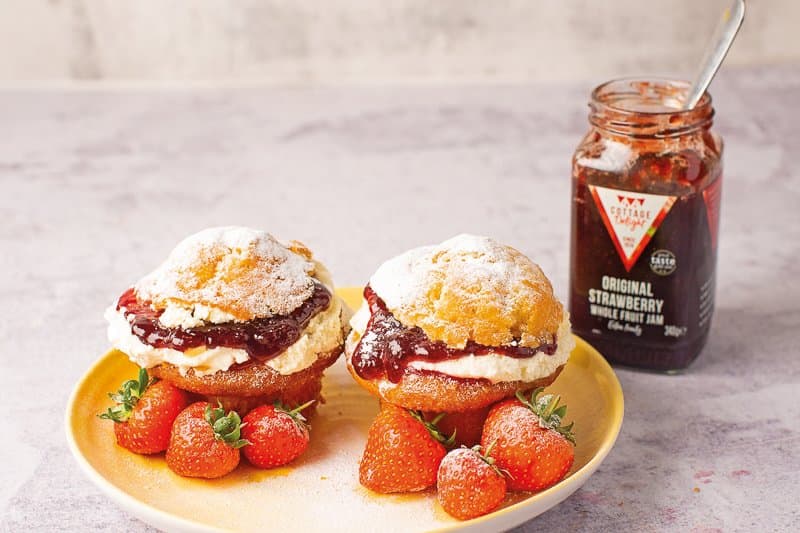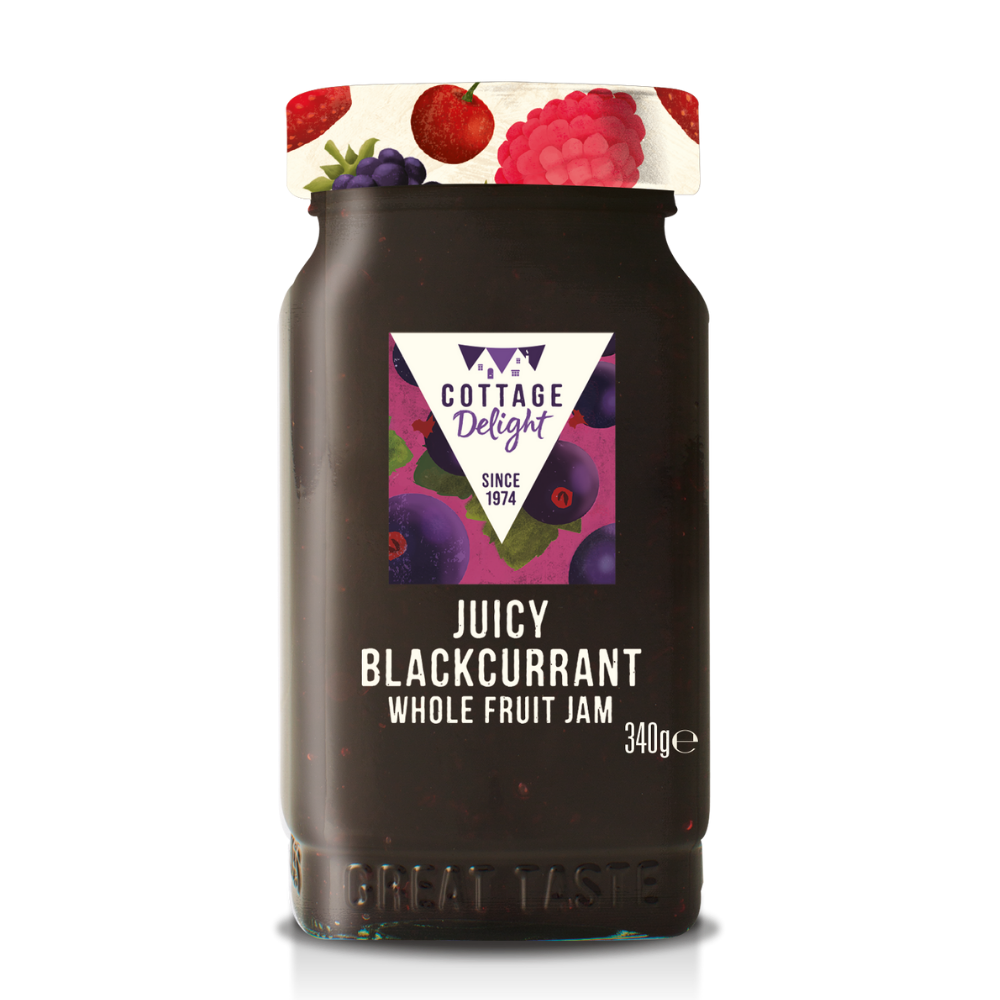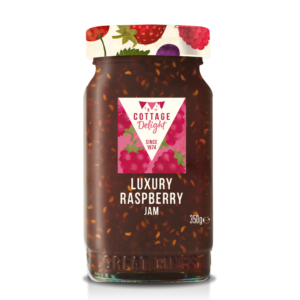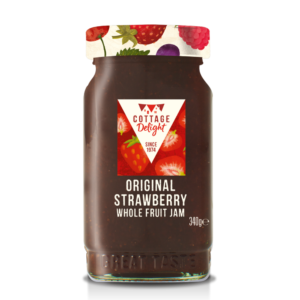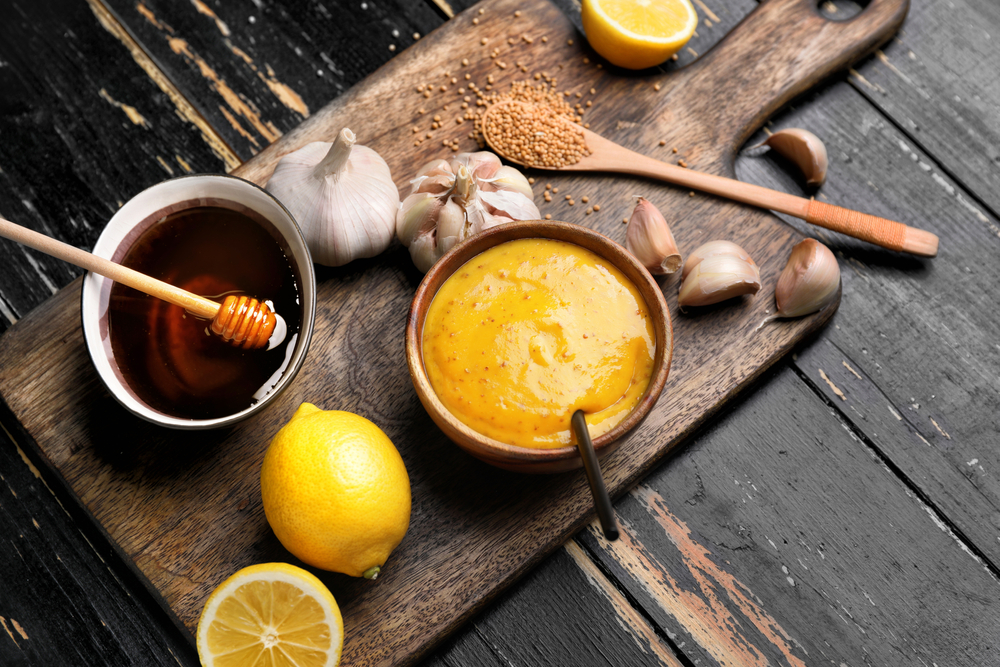What is clotted cream?
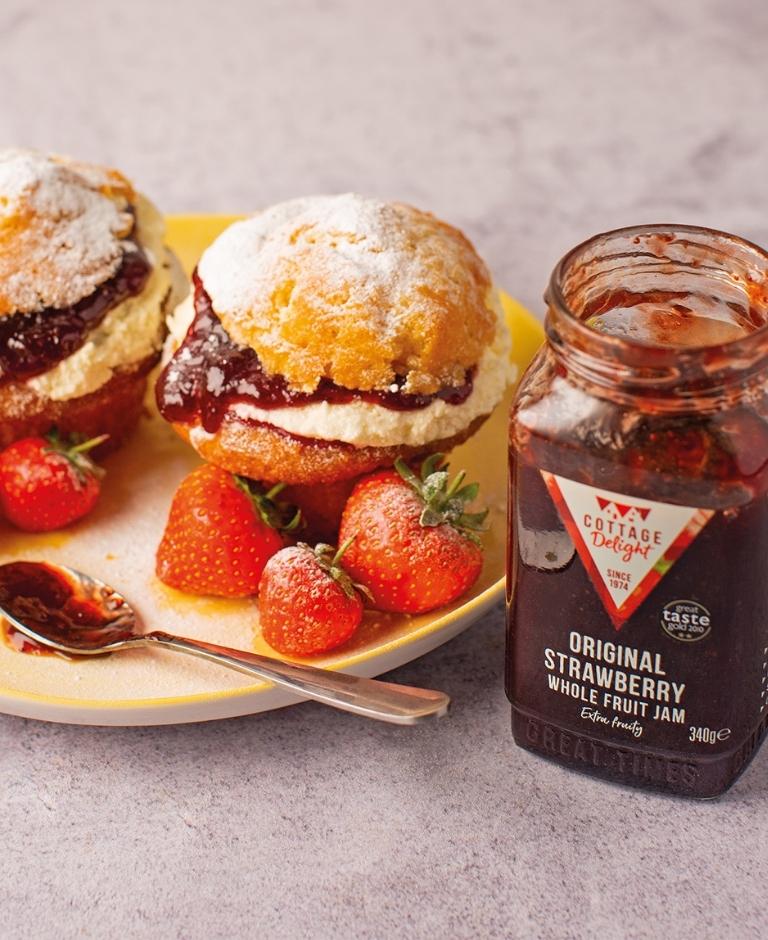

It’s thick, it’s creamy, and it’s absolutely dreamy on scones warm from the oven. Clotted cream, jam and scones have always been our favourite part of afternoon tea!
What is clotted cream?
Clotted Cream is a thick and creamy spread that’s smooth in texture and slightly yellow in colour on the surface. It’s traditionally used for afternoon teas, accompanying a scone and jam. It’s also used in a variety of sweet baked treats!
Clotted cream was born in the Southwest of England and has become a traditional British topping for baked goods; especially to accompany scones for an afternoon tea. If it’s made in Devon it’s Devonshire Cream, Cornwall -Cornish Cream.
Clotted Cream is made from full-fat cow’s milk. Created by heating full-cream cow’s milk using steam and then leaving it in shallow pans to cool slowly.
How to use clotted cream
Afternoon tea was introduced in England by Anna, the seventh Duchess of Bedford, in the year 1840. The Duchess would become hungry around four o’clock in the afternoon. The evening meal in her household was served fashionably late at eight o’clock, leaving a long period of time between lunch and dinner. She requested some ‘light food’, which included tea, biscuits and scones.
Since 1840, afternoon tea hasn’t changed much at all and is composed of sandwiches (usually finger sandwiches), scones served with clotted cream and jam and a selection of sweet pastries and cakes to finish. All of which is served with a pot or two of tea.
Team Cornwall or Team Devon?
Team Cornwall spread their jam on their scones before their cream, Team Devon opt for the other way around with their cream first, then their jam. There is no right or wrong way, and we won’t judge! However, it does appear that the UK does have a preference…
Most of the country is behind Team Cornwall. It’s been reported that the late Queen Elizabeth preferred her scones with jam first, and a recent survey found that 76% of people enjoy their scones just like Queen Elizabeth, opting for jam before cream.
How to make clotted cream
Clotted Cream is made from full-fat cow’s milk that’s been indirectly heated in a shallow pan for several hours until the cream rises to the top. It’s then allowed to cool in the pan for 24 hours. During this period, the cream thickens and clots. Once the watery whey is poured off, the result is a thick and creamy spread that’s smooth in texture and slightly yellow in colour.
For homemade clotted cream, simply follow the steps below. You will only require 1 ingredients which is 900ml of double cream.
Directions
- Step 1 –
Preheat the oven to 80 degrees C. - Step 2 –
Pour cream into a shallow glass or ceramic baking dish (an 8 inch square is ideal). Cream should be about 2 inches deep. - Step 3 –
Bake in the preheated oven for 12 hours. Do not stir. Carefully remove from the oven and let cool to room temperature. - Step 4 –
Cover with cling film and refrigerate until completely chilled, 8 hours to overnight. - Step 5 –
Push aside a corner of the top layer of thickened cream; carefully pour liquid away. - Step 6 –
Pack thickened (clotted) cream into a ceramic crock or mason jar. Cover and refrigerate for up to 5 days.
If you don’t have the time for homemade clotted cream, simply purchase our ready made Clotted Cream. Our rich and creamy British classic is created in small batches. Meaning it has an authentically smooth texture and taste. Perfect for topping those delicious scones!
Clotted cream substitute
- Crème fraiche: Crème fraîche is a cultured cream similar to sour cream, but it’s thicker, richer, and much less tangy. Look for one with a high fat content to get the closest thing to clotted cream in both texture and flavour.
- Double cream: Double cream differs from clotted cream in both flavour and production method. It has a lighter, cleaner taste, and also contains less fat. Unlike clotted cream, which is heated to force the milk to separate into fat and liquid, double cream is left to separate naturally, with the cream rising to the top over time. For a thicker consistency, similar to clotted cream, you can whip up double cream and spoon over scones.
- Mascarpone: Mascarpone can be added to both sweet and savoury dishes, providing a rich and creamy element. Thin your mascarpone with a little milk if you are using it in a cold dish, so that it’s a little closer to mimicking double cream.
Common questions about clotted cream
- Can you freeze clotted cream? Yes, If bought chilled, it can also be frozen and used within 6 months. Sometimes, freezing clotted cream can affect the consistency of it, the longer clotted cream is frozen, the drier it becomes so using it sooner rather than later is the best option.
- Can you whip clotted cream? No, clotted cream is already a very thick consistency, however, double cream can be whipped.
- How much clotted cream per scone? For an average scone weighing 70g, 30g of clotted cream would be a perfect ratio.
- How long does clotted cream last? Unopened, our Clotted Cream has a very long shelf life, once opened it must be refrigerated and eaten within a few days.
- Can you put clotted cream in coffee? Clotted cream is too heavy for coffee, but single and double cream can be used. To float double cream on top add some sugar to the coffee and lightly whip the cream first.
Our Classic Clotted Cream
Our rich and creamy Clotted Cream is a British classic, created in small batches. Meaning it has an authentically smooth texture and taste. Serve our Clotted Cream on warm homemade scones. Along with Cottage Delight Strawberry Whole Fruit Jam, for a great afternoon tea experience. *
- Suitable for Vegetarians
- Gluten-Free
- 170g
*Please note this is an ambient product, not fresh. This cream has a long shelf life unopened but must be refrigerated after opening.

PRODUCTS USED IN THIS BLOG
Take a look at our delicious afternoon tea selection



Other blogs you might like to read
